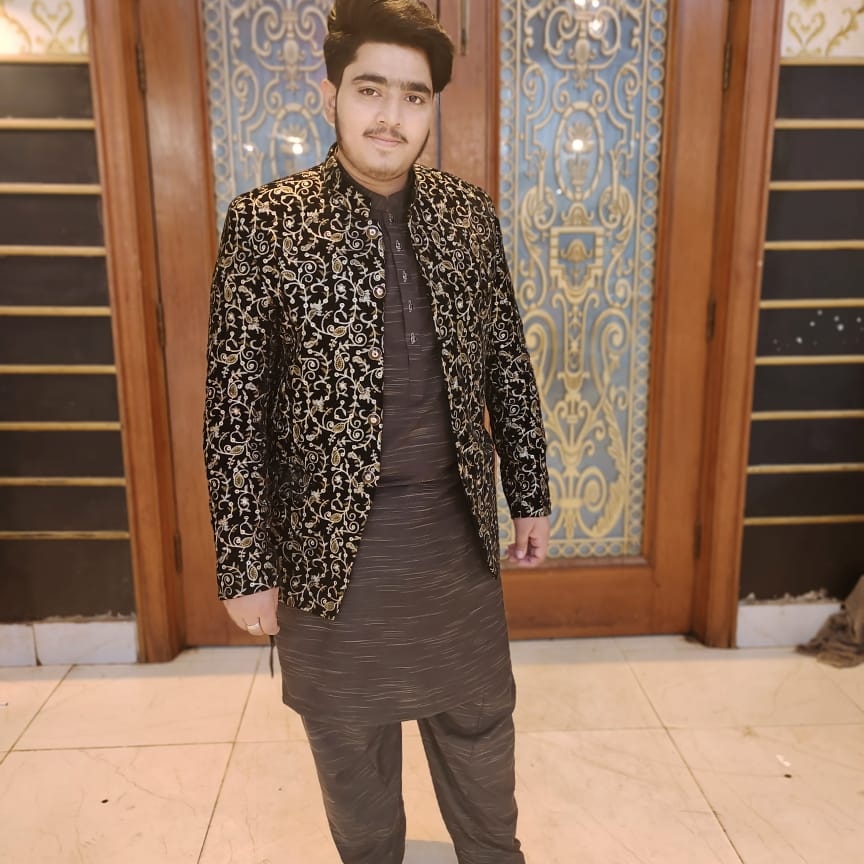When it comes to protecting outdoor equipment, construction materials, camping gear or even vehicles, tarnplanen — heavy-duty tarpaulins — are indispensable. Derived from the German word for camouflage tarps or cover sheets, tarnplanen have evolved far beyond simple plastic sheets into sophisticated protective gear made of advanced materials. Whether you’re an outdoor enthusiast, a construction professional or a homeowner looking to safeguard your belongings, understanding tarnplanen can help you make better purchasing decisions and ensure your property remains protected from the elements. This article explores what tarnplanen are, how they’re used, their materials and features, and how to choose the right one for your needs.
What Are Tarnplanen?
Tarnplanen are versatile, waterproof or water-resistant sheets designed to provide coverage and protection. Traditionally associated with military camouflage tarps, they are now widely used by civilians in camping, construction, transportation and emergency preparedness. These tarpaulins can be made from polyethylene, PVC or canvas materials and often feature reinforced edges and eyelets for secure fastening. Unlike lightweight plastic sheets, high-quality tarnplanen are engineered to withstand harsh weather, resist tearing and provide reliable long-term protection.
Why Tarnplanen Are Essential for Outdoor and Industrial Use
Outdoor conditions can be unpredictable and often harsh. Tarnplanen excel in protecting equipment from rain, UV rays, dirt and debris. Construction sites use them to cover building materials, scaffolding and machinery, preventing weather damage and reducing costs. Campers and hikers employ them as ground sheets, improvised shelters or to cover gear during storms. Transport companies rely on tarnplanen to secure goods on trucks, trailers and boats. By investing in durable tarnplanen, you ensure that your assets remain protected year-round.
Materials and Construction of Tarnplanen
The performance of a tarnplane depends heavily on its material and build quality.
-
Polyethylene (PE): Lightweight, cost-effective and waterproof. Suitable for temporary coverage.
-
PVC-Coated Fabric: Heavy-duty, UV-resistant and tear-resistant. Ideal for industrial and long-term outdoor use.
-
Canvas: Breathable and durable, often used for traditional applications where airflow is important.
Most tarnplanen feature reinforced hems, double-stitched seams and metal eyelets or grommets at regular intervals. These features allow secure attachment with ropes, bungee cords or straps, preventing the tarp from blowing away in strong winds.
Choosing the Right Tarnplane
Selecting the best tarnplane involves assessing your needs:
-
Size: Measure the area or object you want to cover and choose a tarp with some overlap for secure fastening.
-
Material: Match the tarp material to the expected conditions—PVC or heavy-duty PE for tough environments, canvas for breathable coverage.
-
Thickness & Weight: Thicker tarps offer more protection but are heavier. Balance portability with durability.
-
Color & Camouflage: Many tarnplanen come in green, brown or camo patterns to blend into outdoor settings—ideal for camping or hunting.
-
Accessories: Look for reinforced edges, multiple grommet points and UV protection to extend the lifespan of your tarp.
By evaluating these factors, you ensure the tarnplane you purchase is fit for purpose and provides long-term reliability.
Common Uses of Tarnplanen
-
Camping and Outdoor Recreation: Shelter from rain, groundsheet, or makeshift awning.
-
Construction Sites: Cover scaffolding, protect machinery, or shield freshly poured concrete.
-
Transport and Storage: Secure loads on trucks or trailers, protect firewood or outdoor furniture.
-
Emergency Preparedness: Quick roof repair after storms, temporary walls or privacy screens.
-
Gardening and Landscaping: Cover soil piles, compost or protect plants from frost.
These diverse applications make tarnplanen one of the most practical investments for anyone who spends time outdoors or needs reliable protection for valuable equipment.
How to Maintain and Extend the Life of Tarnplanen
Proper care significantly increases the lifespan of your tarnplane. Always dry the tarp before folding and storing it to prevent mold and mildew. Avoid dragging it over rough surfaces that may cause punctures. Clean it periodically with mild soap and water to remove dirt and debris. Check eyelets and seams for wear, and repair minor tears promptly using tarp repair tape or patches. By treating your tarnplanen well, you save money and ensure it’s ready for use when needed.
Conclusion
Tarnplanen are much more than simple sheets of plastic; they are robust, versatile and essential tools for protection in a variety of settings. By understanding their materials, features and best practices, you can choose the right tarnplane for your needs, extend its lifespan and maximize its effectiveness. Whether you’re covering construction materials, shielding outdoor gear or preparing for emergencies, investing in a high-quality tarnplane gives you peace of mind and reliable protection against the elements.
FAQ
Q1. What does “tarnplanen” mean?
A1. “Tarnplanen” is German for tarpaulins or cover sheets, originally referring to military camouflage tarps but now widely used for civilian purposes.
Q2. Are tarnplanen waterproof?
A2. Most tarnplanen are waterproof or water-resistant depending on the material, with PVC and PE versions offering the highest levels of water protection.
Q3. Can tarnplanen be used for camping?
A3. Yes. They’re perfect for camping as ground sheets, shelters, or to cover gear from rain and UV rays.
Q4. How do I choose the right size tarnplane?
A4. Measure the area or item you wish to cover and select a tarp slightly larger than your measurements for secure fastening.
Q5. How do I store tarnplanen?
A5. Always clean and dry your tarnplane before folding and storing it in a cool, dry place to prevent mold and extend its life.
Q6. What’s the difference between PVC and PE tarnplanen?
A6. PVC tarnplanen are heavier and more durable, ideal for industrial use, while PE tarnplanen are lighter and more affordable, better for temporary or lightweight coverage.
